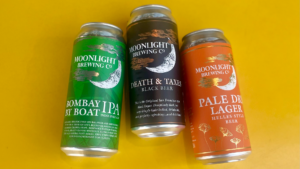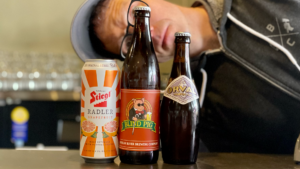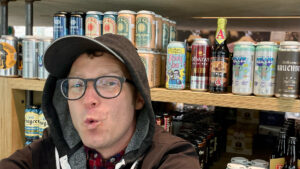
Our Bottlecraft North Park manager, Gene, selects his favorite weekly brew. You can stay up to date on our beer shop favorites through our news feed and also through our Instagram.
This week, Gene has a monochromatic trio of selections with each beer representing a single color as depicted by its iconography…
If there were annual awards for beauty in beer-level graphic design, Alvarado Street Brewery would surely triumph every year. Their iconic Mai Tai is not only a wonderful all-Mosaic IPA, but also displays its plumage in the form of mirror-image flamingos against a tiled background. The rare “White Label” edition of Mai Tai strips away all of those bright colors and leaves us with what appears to be an over-exposed film negative, like a Rorschach ink-blot test. Everybody may see different visions upon beholding this blindingly white can, but only in tasting the beer can we find out what they are!



© 2019-2021 Bottlecraft. All Rights Reserved. | Privacy Policy | Terms of Service